This is a struggling strip mall in Chambersburg, Pennsylvania:
Literally in Chambersburg, Pennsylvania. As in, two blocks from the downtown core. Strip mall, top left. Main drag, running through the bottom-middle.
Here’s another view, a close-up of the strip mall, which shows you how it was carved out of the existing urban fabric. The parking lot is literally one urban block:
Any guesses as to what was here before?
You don’t have to guess. Aerial imagery, 1957. Where the mall now stands is in the exact middle of this image from Historic Aerials:
Just to be exact, here’s about the same image today, in the same orientation:
So what happened, exactly? A majority-black neighborhood was demolished via eminent domain, in 1962, to clear the way for what was, at the time, a modern shopping center:
Nearly six decades later, Mike Rideout remembers the good times growing up in the Water Street neighborhood. Even the challenges were charming: He had gotten so at playing football on a hill, one leg higher than the other, that later playing on a flat field took some getting used to.
And he remembers when it all ended in 1962.
“And at the time, I didn’t know what was going on,” Rideout said, a lifelong Chambersburg resident — he’s never lived outside the borough’s third ward. “So I’m going to school, and about fifth, sixth grade, I find out they’re going to tear down the neighborhood.”
By force of eminent domain. The residents — mostly African-American, many of them homeowners — had to go elsewhere, many to post-World War II housing, which was supposed to be temporary, dubbed “Cardboard City.”
The decline of the shopping mall didn’t take very long, all told:
In its hey-day, shoppers could find just about anything they needed at Southgate. In its first decade in the 1970s, the shopping center was home to J.C. Penney, a number of clothing stores, shoe stores, a book store, an auto parts store, a grocery store, a movie theater and restaurants including IHOP and KFC.
Things changed by the late 1990s as retailers changed strategies, the borough invested money in the downtown corridor and elsewhere and Southgate developed a reputation as a high-crime area. J.C. Penney moved to the Chambersburg Mall, the popular County Market closed, and vacancies added up. Paran and local officials hoped the opening of a standalone CVS in 2000 would rejuvenate the shopping center, but things continued downhill.
Then there’s this striking bit in that news article about the management company for the ailing strip plaza refusing to even communicate with the city:
Borough officials have wrestled for years with how to handle falling business prospects and code issues at the shopping center. The Public Opinion in the past reported on the borough’s struggles just to get in touch with the powers-that-be at Paran, let alone get them to remedy the problems.
This is as striking an example as you’ll find in the midcentury urban renewal era of a city tearing itself down, and in the process victimizing its poorest (and disproportionately black) residents. In some cases outright, intentional racism dictated this; in others, the destruction simply took the path of least resistance. But this is a real injustice that was visited on real people and real neighborhoods.
Today, the old main drag—once in rough shape, as virtually all of America’s classic urban downtowns were at one point—has been rejuvenated, and the strip mall—about 60 years old, and in a state of decline for half of its life—is a drag, as it were, on the city’s vitality.
The city’s proposed solution, no doubt the right answer or at least a far superior one, is a mixed-use development, retaining some basic, everyday retail while redeveloping the property with housing, green space, and much less parking.
Here’s the resident, quoted in the bit I excerpted above, who grew up in the old demolished neighborhood:
Rideout said what senior citizens want — himself now among them — is some of the walkability they lost when the old neighborhood disappeared.
“When they tore it down, a lot of doctor’s offices and things moved out far away,” he said.
A supermarket tops neighbors’ wish lists, he said. “So they can get fresh fruit. Milk. ‘I want a pound of meat,’ this and that. ‘And I want some kind of healthcare.’”
But the mixed-use development proposal raises its own questions. Should a 20-year, multi-phase plan really be enacted? Is there no way for it to be simpler than this:
The long-term Redevelopment Process will require various regulatory and zoning approvals as businesses and residents help shape the newly formed neighborhood. The borough and Elm Street Advisory Council will work with the chosen developer to ensure the grassroots redevelopment vision is kept in mind throughout the project.
I often wonder why it is that pretty much no town or city ever seems to just permit the old process by which the original city grew. This is so rare as to suggest that it is basically impossible. Is it?
Maybe it doesn’t really matter, but my hesitation is that these projects—especially if they remain under the purview of a single private management company—could one day turn out to be strip malls in urbanist clothing, presenting the same problems of unresponsive management, land speculation over maintenance, and physical deterioration, all at the scale of multiple urban blocks which could, in the best of times, house hundreds of people and dozens of independent enterprises.
And shouldn’t there be some way to let that all happen without the millions of dollars that municipalities spend on these major redevelopment projects? You’d think so. Yet it’s hard to argue that almost anything is better than a half-empty strip mall amid an ocean of asphalt, crowding out investment and people and exacting a constant opportunity cost.
That’s one of the challenges that places like this face. What do you think?
Related Reading:
How Many Places Are Worth Living In?
Thank you for reading! Please consider upgrading to a paid subscription to help support this newsletter. You’ll get a weekly subscribers-only piece, plus full access to the archive: over 900 pieces and growing. And you’ll help ensure more like this!




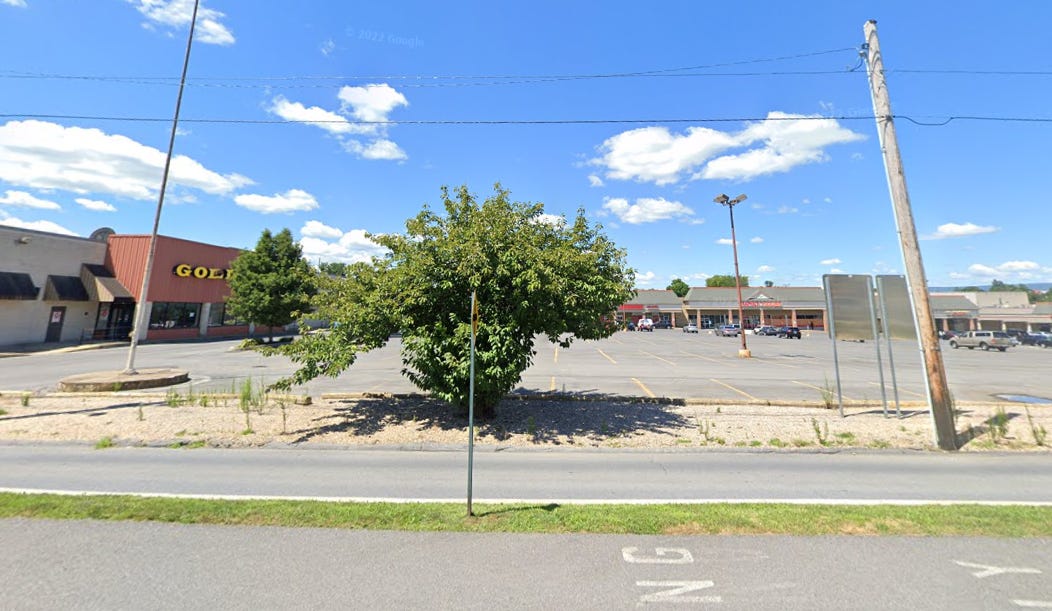
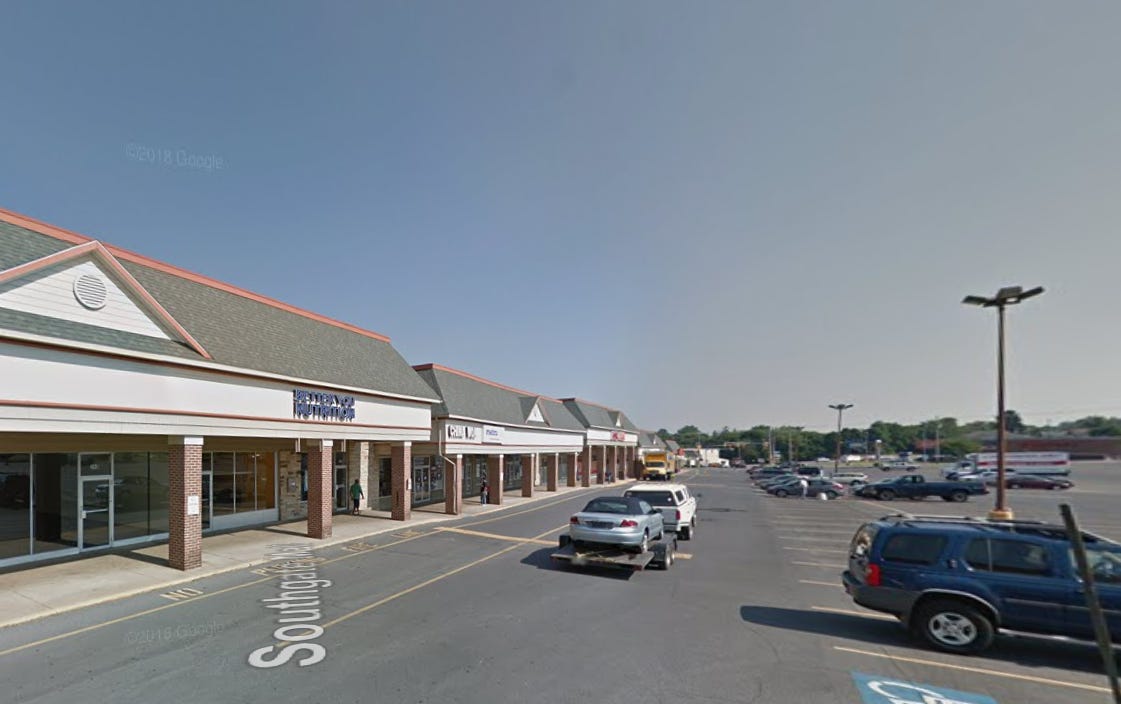
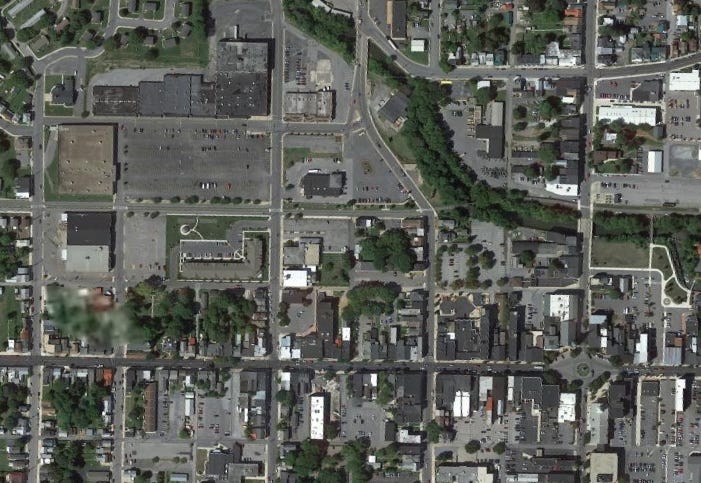
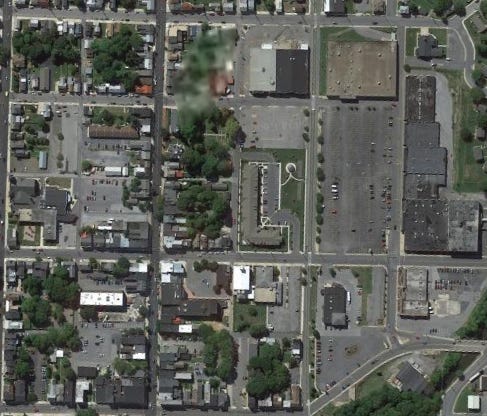
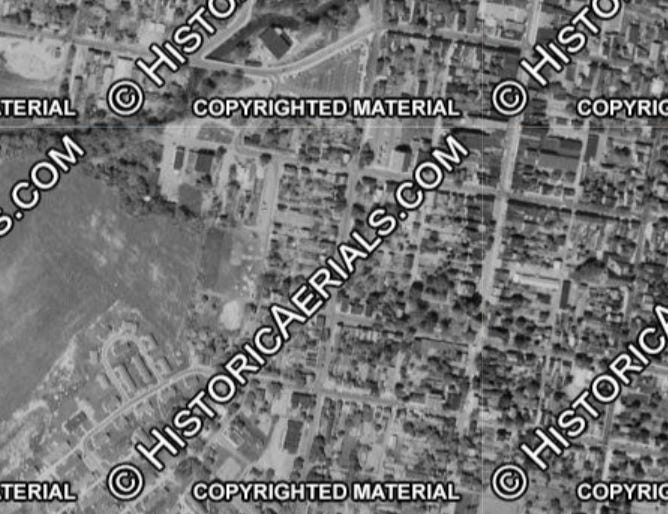
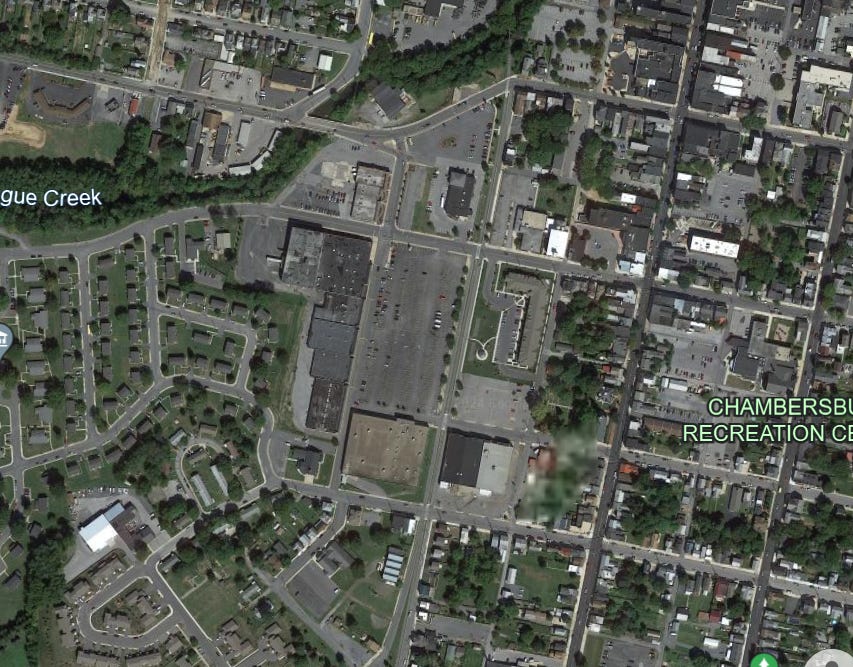
That's a sucker punch, but also a good reminder that "urban removal" was not only a big city phenomenon. I'm also interested in the question you pose, why legalizing the old ways of city-building seems impossible. I wonder if it has something to do with the technocratic culture of modern city planning as a profession, or simply the nature of bureaucracy itself. If it's technocracy, the temptation is to forever perfect the policy or plan, when the best thing to do is to simply eliminate it; whereas bureaucracy demands a process, often for process' sake. Rare, perhaps, is the planner who rejects the precepts of modern planning.
Definitely cosigned. It’s what I see in my own neighborhood, where the big new developments waste tons of ground floor space on their admin offices or amenities that could EASILY be on the second floor, where their setbacks are too high and hostile to pedestrian commercial traffic, and they charge insanely high rents for the few ground-floor retail businesses they do have.